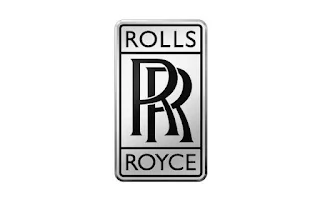Success came early for the brand. Henry Royce built his first car in 1904, and partnered with Charles Rolls soon thereafter. They founded Rolls-Royce Ltd. in 1906 and introduced the six-cylinder Silver Ghost shortly thereafter. Soon the name Rolls-Royce became synonymous with "world's best." Like all the pre-war Rolls-Royce automobiles that would follow, the Silver Ghost was produced as a rolling chassis. The body design and production were left to custom coach builders.
The Silver Ghost remained in production for 18 years before yielding to the Phantom I in 1925. The Phantom was a masterpiece of refinement and innovation. Its engine specifications would read well in today's market: six cylinders, aluminum crankcase, overhead valves, and dual-coil ignition. The Phantom III was launched in 1935. With an overhead valve, 7.3-liter V-12, it was massively powerful. It featured an innovative coil-spring independent front suspension that was based on a design by none other than General Motors. The Wraith of 1939 was a more compact Rolls-Royce, and its innovations included a crossflow cylinder head with the intake ports on one side and the exhaust ports on the other. Very few were built before World War II ended production.
Founded
United Kingdom (March 1998)
Headquarters
Goodwood, England, United Kingdom
Website
In the 1970s, Rolls-Royce fell upon hard times and went into receivership. In 1980 the company became a subsidiary of Vickers. In the 1990s, the prestigious manufacturing firm went on the block again and was purchased by Volkswagen, which eventually turned the brand over to BMW.
Today Rolls-Royce is building beautiful and innovative ultra-luxury motor cars in their Goodwood, England, plant. Cars like the richly clad, 5,776-pound, 453-horsepower Drophead Coupe remain the envy of motorists all over the world.

